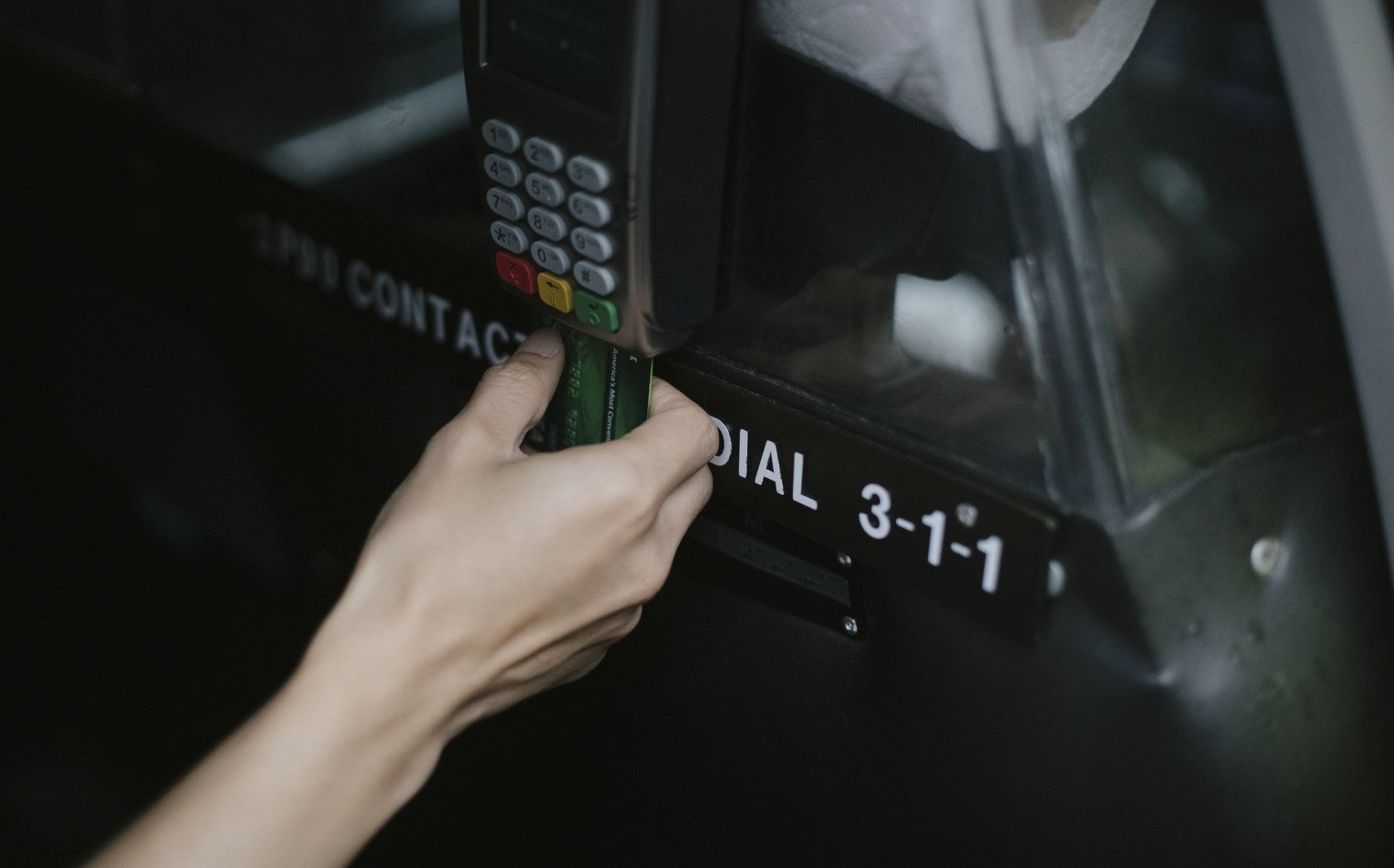What happens if a customer's credit card is declined during authorization?

When a merchant processes a card payment, there are several steps involved in the authorization process to ensure that the transaction is valid and can be completed successfully. Understanding how authorization works is crucial for both merchants and consumers to protect against fraud and ensure smooth payment processing.
The authorization process begins when a customer swipes, inserts, or taps their card at the merchant's point of sale terminal. The terminal reads the card information and sends it to the merchant's acquiring bank, which then routes the transaction to the card network (such as Visa, Mastercard, or American Express).
The card network forwards the transaction information to the cardholder's issuing bank, which verifies whether the card is active, has sufficient funds or credit available, and is not reported stolen or lost. The issuing bank then sends an authorization code back to the merchant through the same channels, indicating whether the transaction is approved or declined.
If the transaction is approved, the merchant can complete the sale and provide the goods or services to the customer. The authorization code serves as proof that the transaction was authorized by the cardholder's bank and can be used to resolve any disputes that may arise.
It's important to note that authorization is not the same as settlement. Authorization only confirms that the funds are available and the transaction is valid, while settlement is the process of transferring the funds from the cardholder's account to the merchant's account. Settlement typically occurs in batches at the end of each business day, and the funds may take a few days to be deposited into the merchant's bank account.
In some cases, a transaction may be authorized but later declined during the settlement process if there are issues with the cardholder's account or if fraudulent activity is suspected. Merchants should always follow best practices for card processing, such as verifying cardholder information, using secure payment terminals, and avoiding storing sensitive card data to protect against fraud and ensure smooth authorization and settlement processes.
Overall, understanding how authorization works when processing card payments is essential for merchants to provide a secure and efficient payment experience for their customers. By following proper procedures and utilizing secure payment processing systems, merchants can protect against fraud, reduce the risk of chargebacks, and build trust with their customers.
How does authorization work when a merchant processing card
Definition Of Card Processing Merchant
-

How does authorization work when a merchant processing card?
Card Processing Merchant
Learn More -

Are there ways for the business to reduce the fees?
Card Processing Merchant
Learn More -

How do card processing merchants calculate settlement?
Card Processing Merchant
Learn More -

What are chargebacks and how do they affect card processing merchants?
Card Processing Merchant
Learn More






